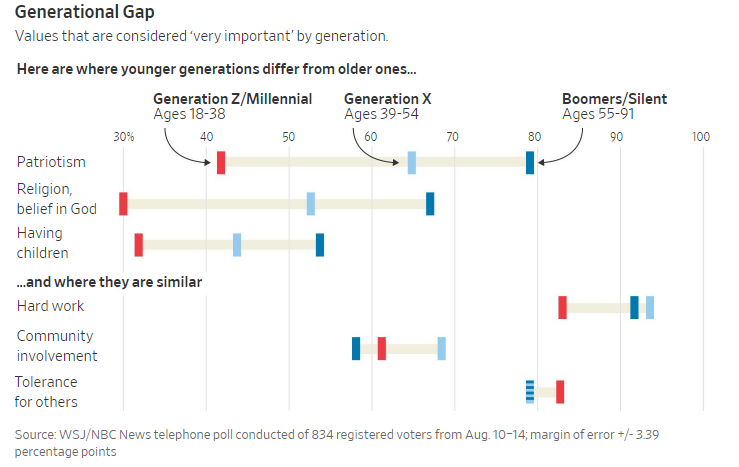East Carolina University Leader Placed on Leave
/East Carolina University’s interim chancellor is being investigated for inappropriate behavior with students. One video shows Dan Gerlach chugging beer and dancing with students, and photos show him with his arm around a student at a local hangout in Greenville, NC.
Gerlach wrote a statement in his defense:
When I first started here, and even before, one constant concern that I heard was that our students needed a leader of the university to be present and approachable, someone who can speak to them in their language. That’s what I’ve set out to do at ECU. I regret that these photos are being perceived as anything more than what they are.
A member of the board of trustees said, “This is very concerning without question.” However, the bar owner defended the chancellor in a tweet:
I wasn’t there, but two of the staff told me that several people were kind of excited to see the chancellor out and in the bar…It really is a damn shame. The guy came in with some off duty cops to have some beer. Just wrong place, wrong time.
Discussion:
How do you assess Gerlach’s response? Explain his perspective of the situation.
Analyze the bar owner’s tweet. How much credibility does he have in this situation?
What do you think of university administrators socializing with students in this way? Do you have a different perspective of faculty? Why or why not?
















